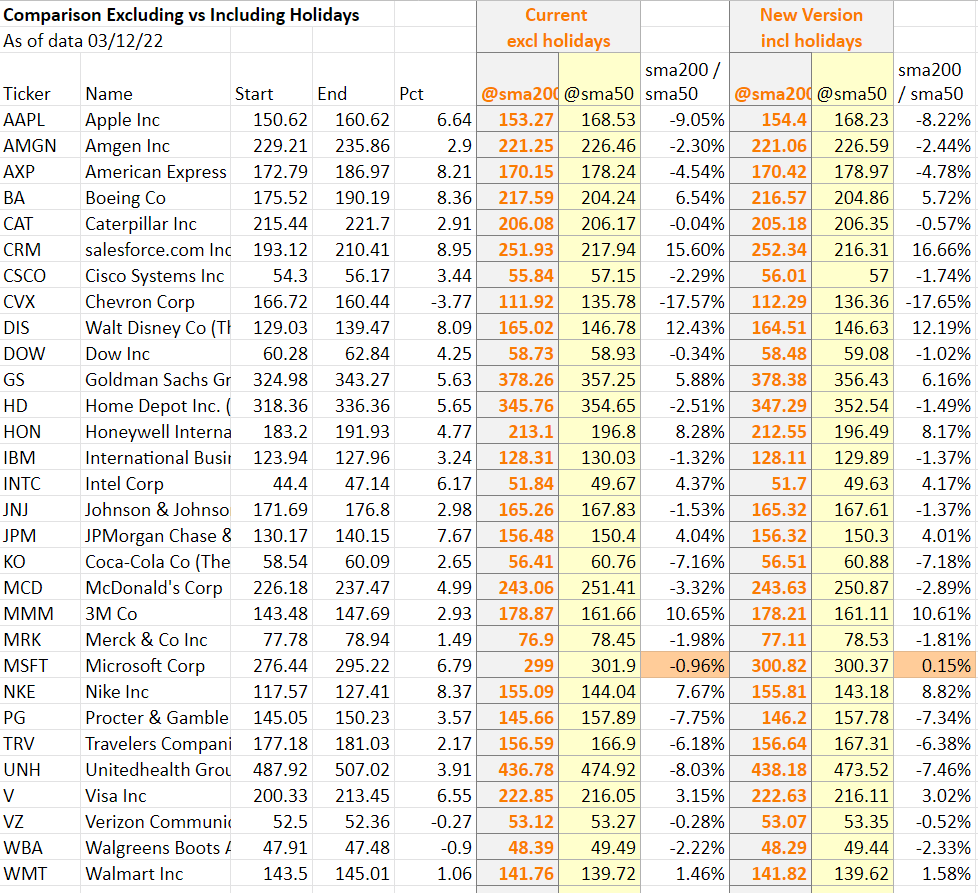Throughout Portfolio123’s history, US and Canadian stocks have functioned independently, and one could not run a screen, ranking system, or simulation using both countries simultaneously.
We are introducing that capability on Tuesday night/Wednesday morning (1 am CST; the site might be down between midnight and 1). The reason is that we will soon be rolling out European data, followed by Asia-Pacific, and this capability is essential for the full use of that data.
This required us to make a number of changes to the website, including some that will affect your current systems. The changes that will have the greatest impact on your current systems are those pertaining to the calendar, taxonomy series, and industry-based scope parameters. But many other parts of the website will change as well.
In order to enable you to familiarize yourself with the new system, we have launched a beta site at https://beta.portfolio123.com. This site does not have all of your user data (user data will be a few days old), but it will update prices and have a server for backtests. Forums have been disabled, and any changes you make to your systems will be lost. But it will enable you to get a feel for the changes. For a full description of the changes, go to https://docs.google.com/document/d/1ypyTXBiMRjkRSjAbr3wvIQITqcMNeVynNGDV9jxRpeA/edit?usp=sharing. We highly recommend that all users read this document.
Here are the two things that will be most likely to affect your current systems:
[]Bars will now include holidays. There will now be 261 bars per year (occasionally 262), and 5 bars per week, no matter whether there is a holiday or not. So if you’re using SMA(21)/SMA(252), for instance, you’ll notice some slight differences.
[]The rules for what companies are included in the taxonomy series and industry-based scope parameters are changing, which means you’ll see somewhat different numbers for the functions ending in Ind (Pr4W%ChgInd, Pr2BookQInd, Beta1YInd, and so on) and for functions using the industry-based scope parameters (#Sector, #Subsector, #Industry, and #Subindustry). The rules used to include more tiny companies, and companies would flit in and out of the groups.
Please let us know if you have any questions or concerns.
